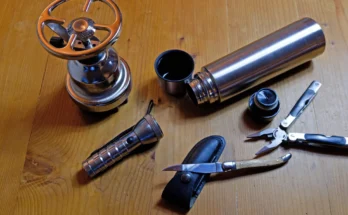A wolf, startled in western Canada while trying to bring a crab trap to the surface of the water to eat, amazed researchers by capturing this behavior on video.
In a remote area of British Columbia, a she-wolf was filmed pulling string from a submerged crab pot with her teeth, then grabbing a cup filled with bait.
❤ Nature | Wildlife
🔵 Canadian wolves surprised biologists: they seem to be evolving.In British Columbia, a young wolf learned to drag a fishing net to the beach and eat its contents.
Cameras captured him using his teeth to carry… pic.twitter.com/jPfZco2bPA— KRONIK Insights (@KRONIKInsights) November 19, 2025
“I couldn’t believe my eyes,” said Kyle Artelle, an environmental biologist at the State University of New York, referring to the wolf’s “carefully choreographed” multi-step behavior. According to the researchers, this advanced approach “has the potential to be the first known use of tools in wild wolves.”
A discovery that surprised researchers
The discovery, detailed in the journal Ecology and Evolution, surprised researchers, who had set up cameras in the wilderness to find out why and how crab pots are frequently vandalized in this coastal region.
For several years, traps have been installed in waters within this sector as part of a program aimed at eradicating green crabs, an invasive species.
Researchers, working with the Heiltsuk First Nation, a local indigenous community, noticed that traps had been dragged onto the beach and bait had been removed. They first suspected marine predators. The mystery was solved shortly after the cameras were installed, in May 2024.
“This she-wolf came up, saw the buoy and knew it was attached to a trap. She knew how to set a trap, and knew that if she set the trap on the beach, she could get food…” Mr. Artelle explained, describing “very intelligent, very extraordinary and sophisticated” behavior.
According to the researchers, the she-wolf may have found a way to bring the trap back to shore through a process of trial and error. This suggests that wolves in this remote region are less vulnerable to dangers, including those posed by humans, and thus have more time to experiment.



